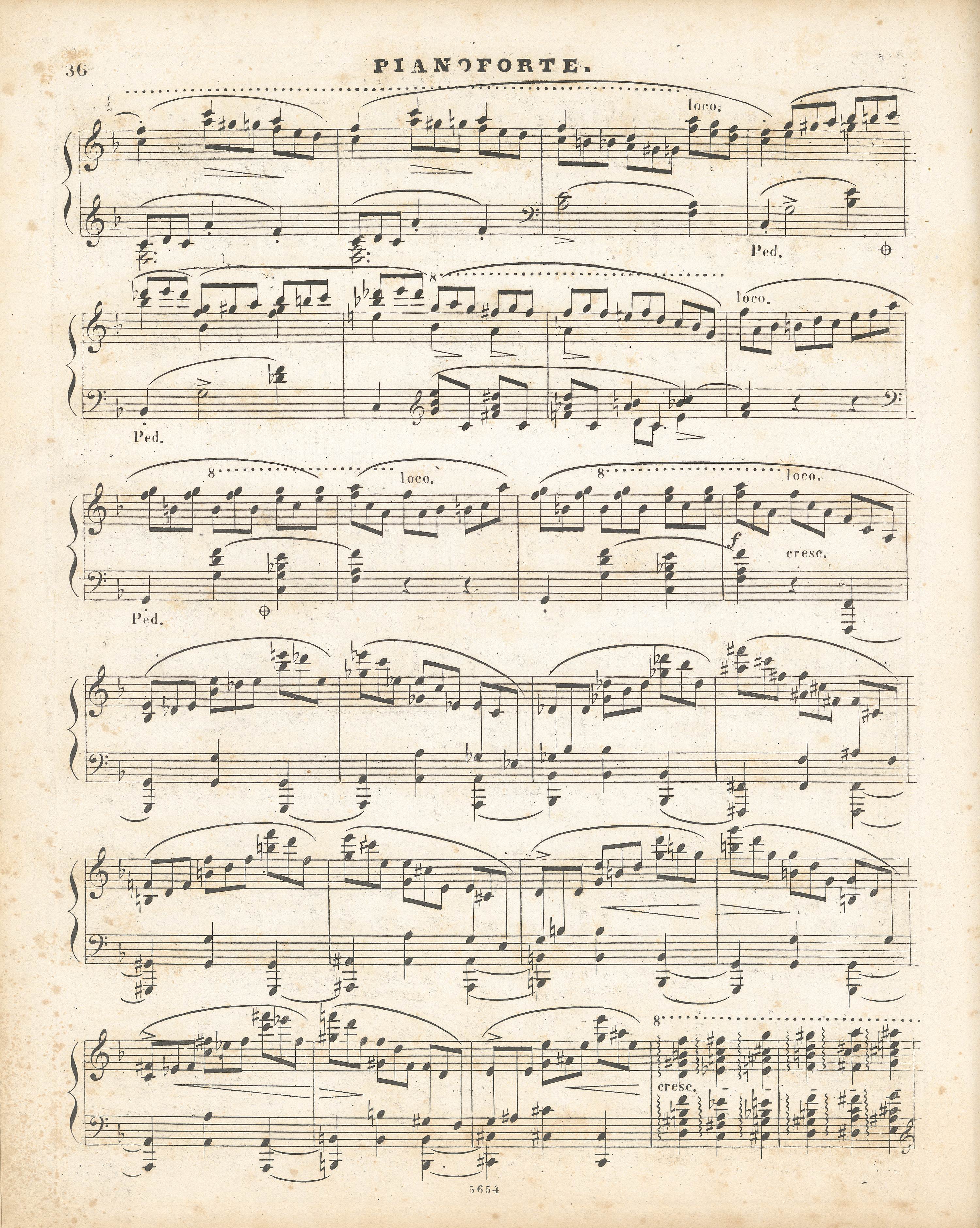Op. 2, Variations in B♭ major
Op. 10, 12 Etudes
Op. 11, Concerto in E minor
Op. 21, Concerto in F minor
Op. 22, Polonaise in E♭ major
Op. 24, 4 Mazurkas
Op. 25, 12 Etudes
Op. 26, 2 Polonaises
Op. 27, 2 Nocturnes
Op. 28, 24 Preludes
Op. 30, 4 Mazurkas
Op. 35, Sonata in B♭ minor
Op. 50, 3 Mazurkas
Op. 63, 3 Mazurkas
Op. 64, 3 Waltzes
(Op. 4), Sonata in C minor




Op. 21, Concerto in F minor, Mvt III
Extending the  hairpin to the end of the bar, like it was done in the editions, seems to be justified by the general direction of the passages and by analogy to the mark in bar 476, led in such a way in A. However, in the main text we reproduced the notation of A, which, not excluding the climax of the passage at the beginning of the next bar, may also suggest a more pronounced accentuation of the 3rd beat of the bar as including the locally topmost note (in bars 478-479). See also bar 480.
hairpin to the end of the bar, like it was done in the editions, seems to be justified by the general direction of the passages and by analogy to the mark in bar 476, led in such a way in A. However, in the main text we reproduced the notation of A, which, not excluding the climax of the passage at the beginning of the next bar, may also suggest a more pronounced accentuation of the 3rd beat of the bar as including the locally topmost note (in bars 478-479). See also bar 480.
Compare the passage in the sources »
category imprint: Differences between sources
issues: Inaccuracies in GE
notation: Articulation, Accents, Hairpins



